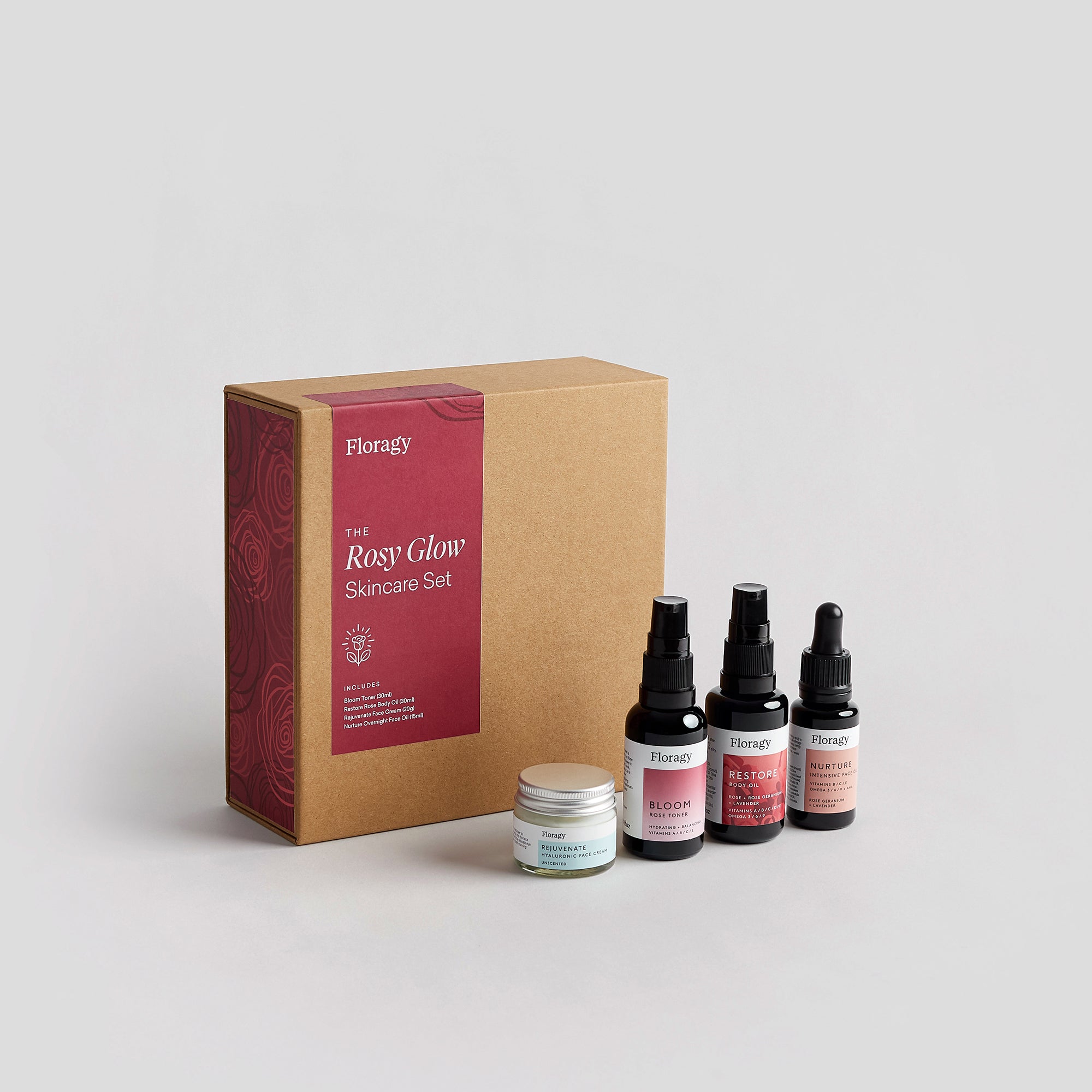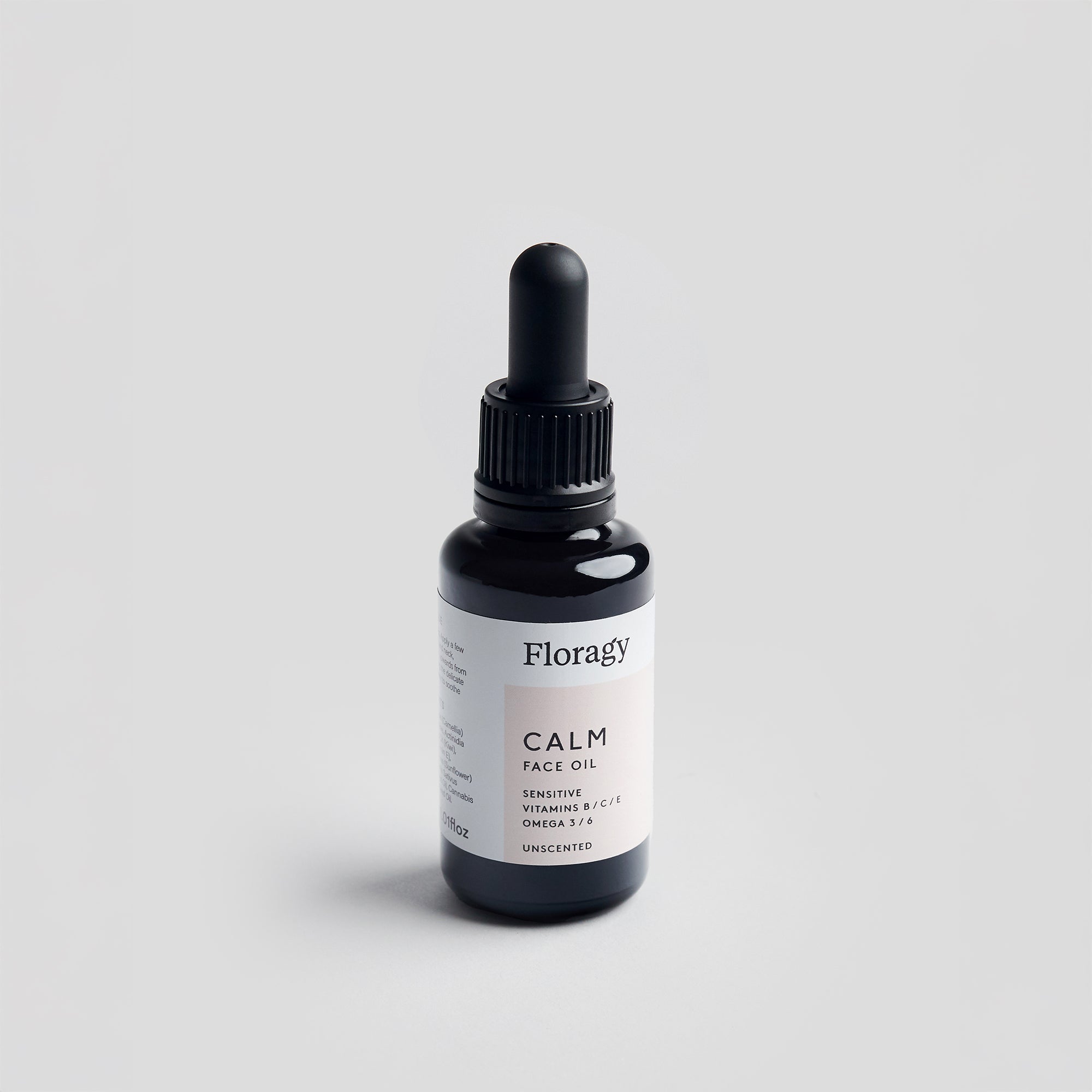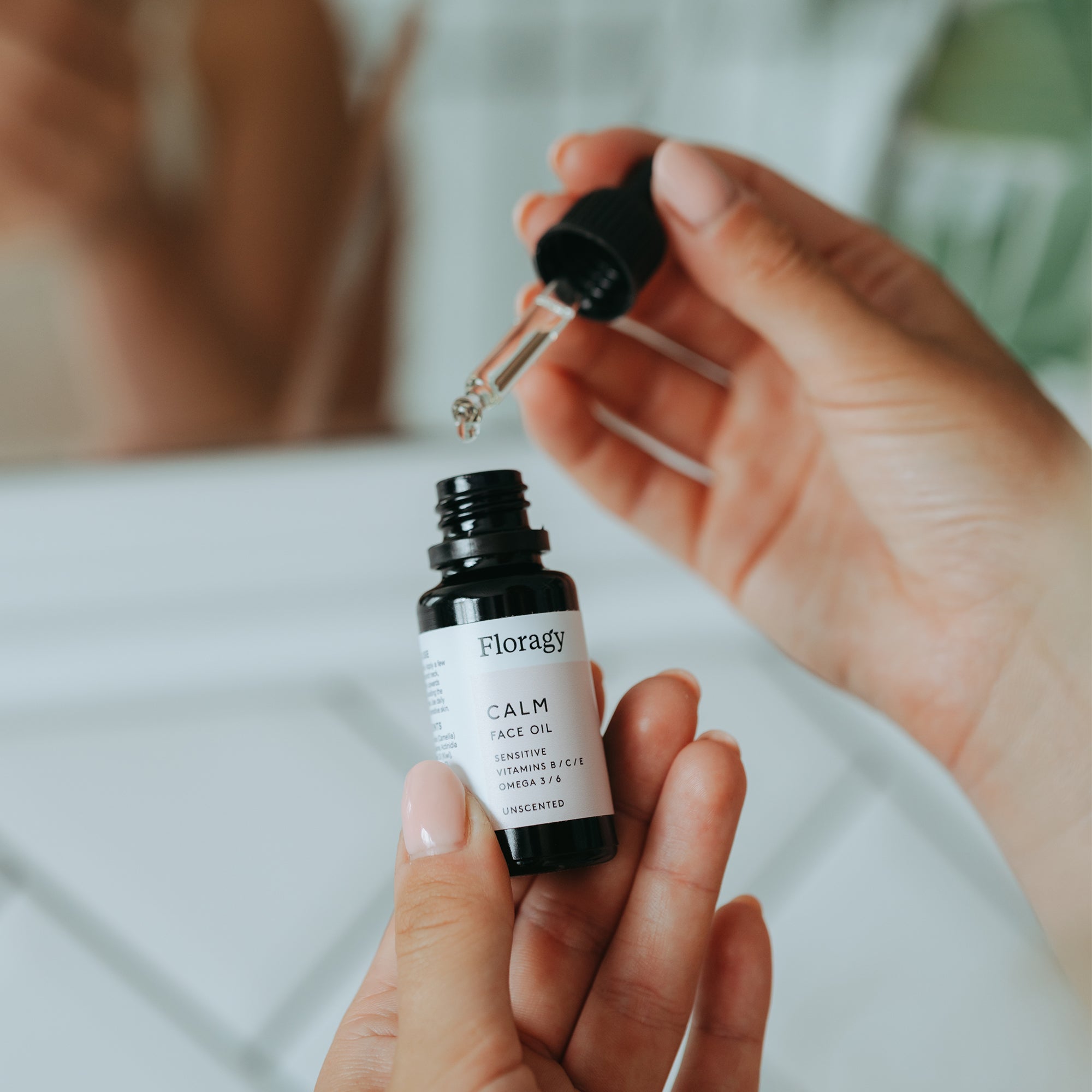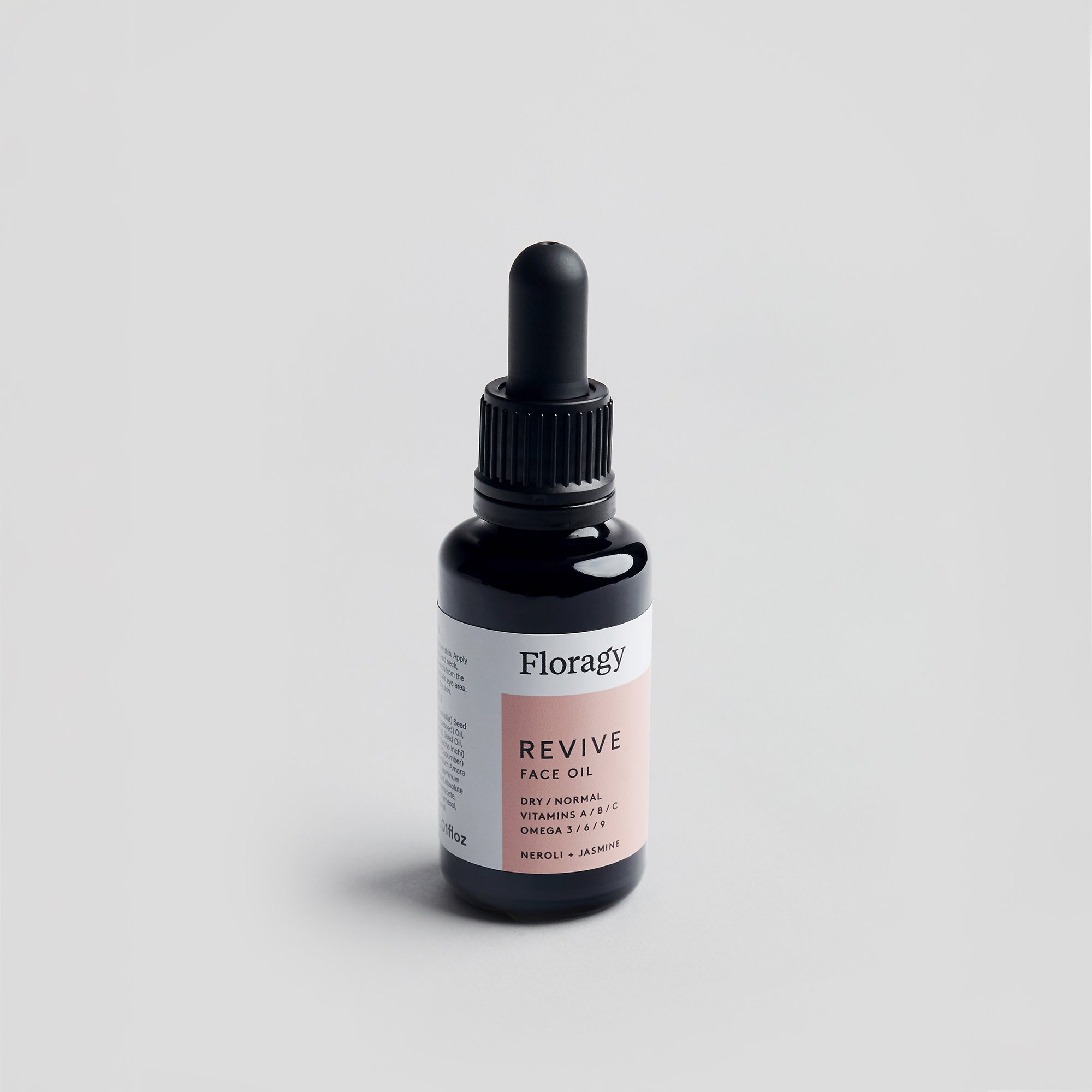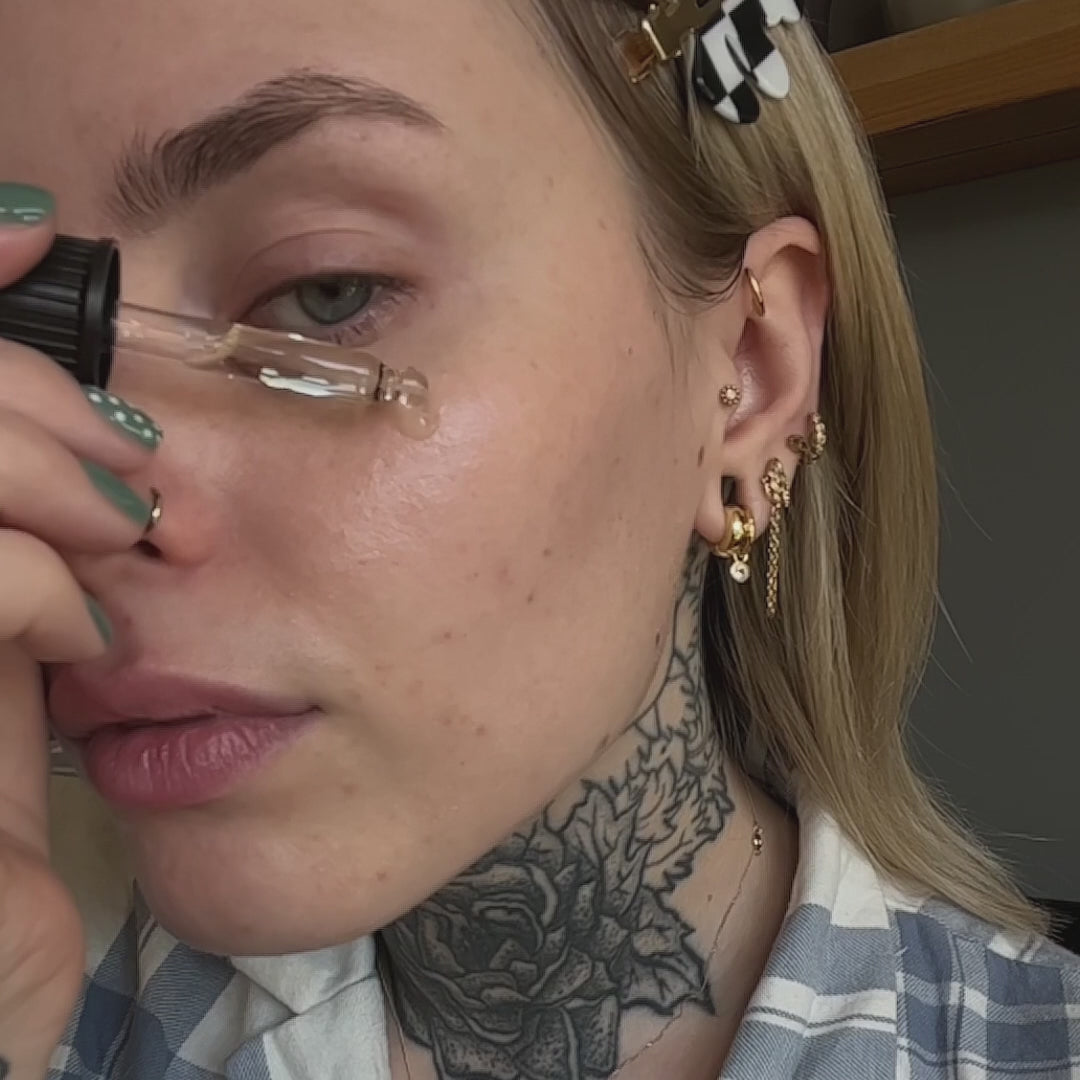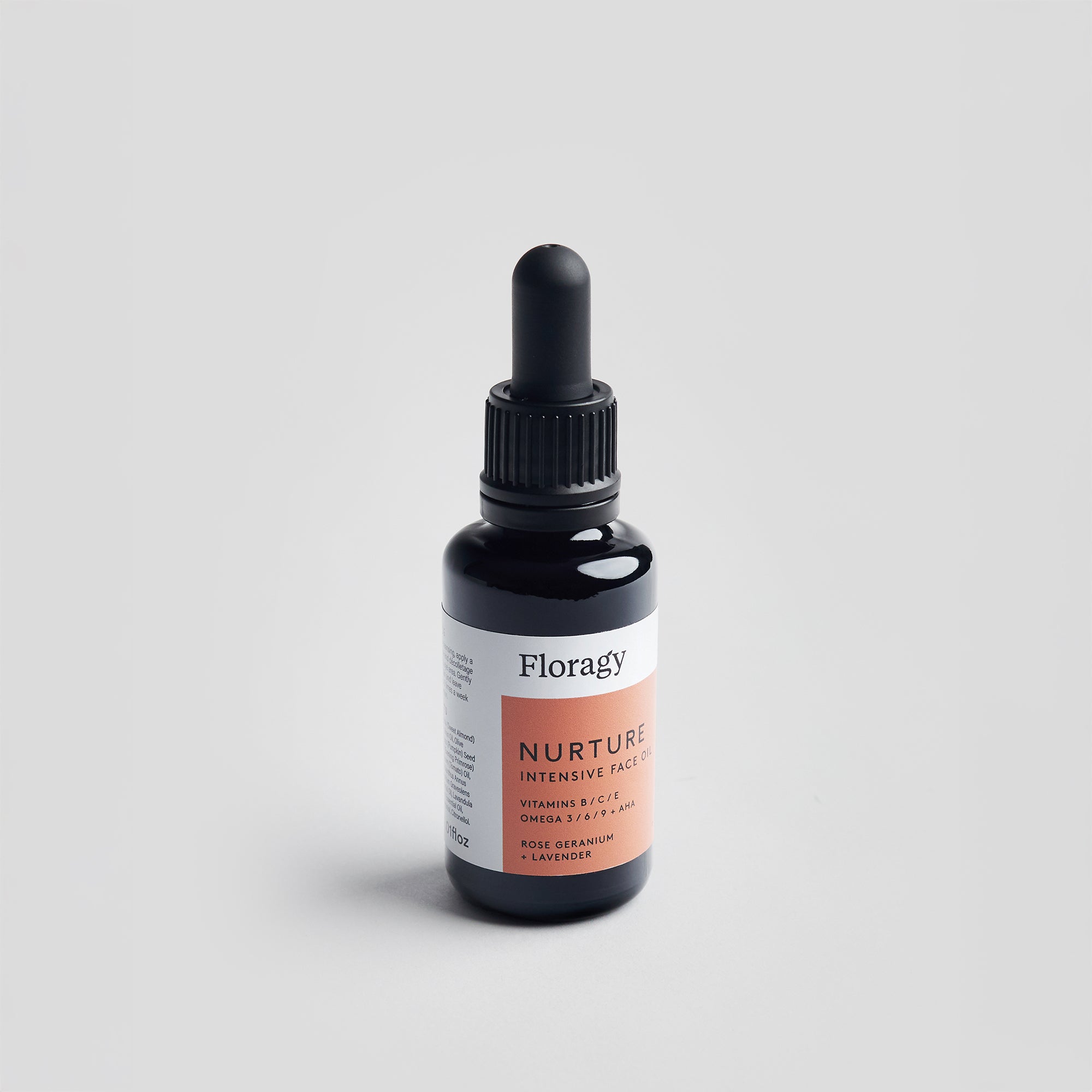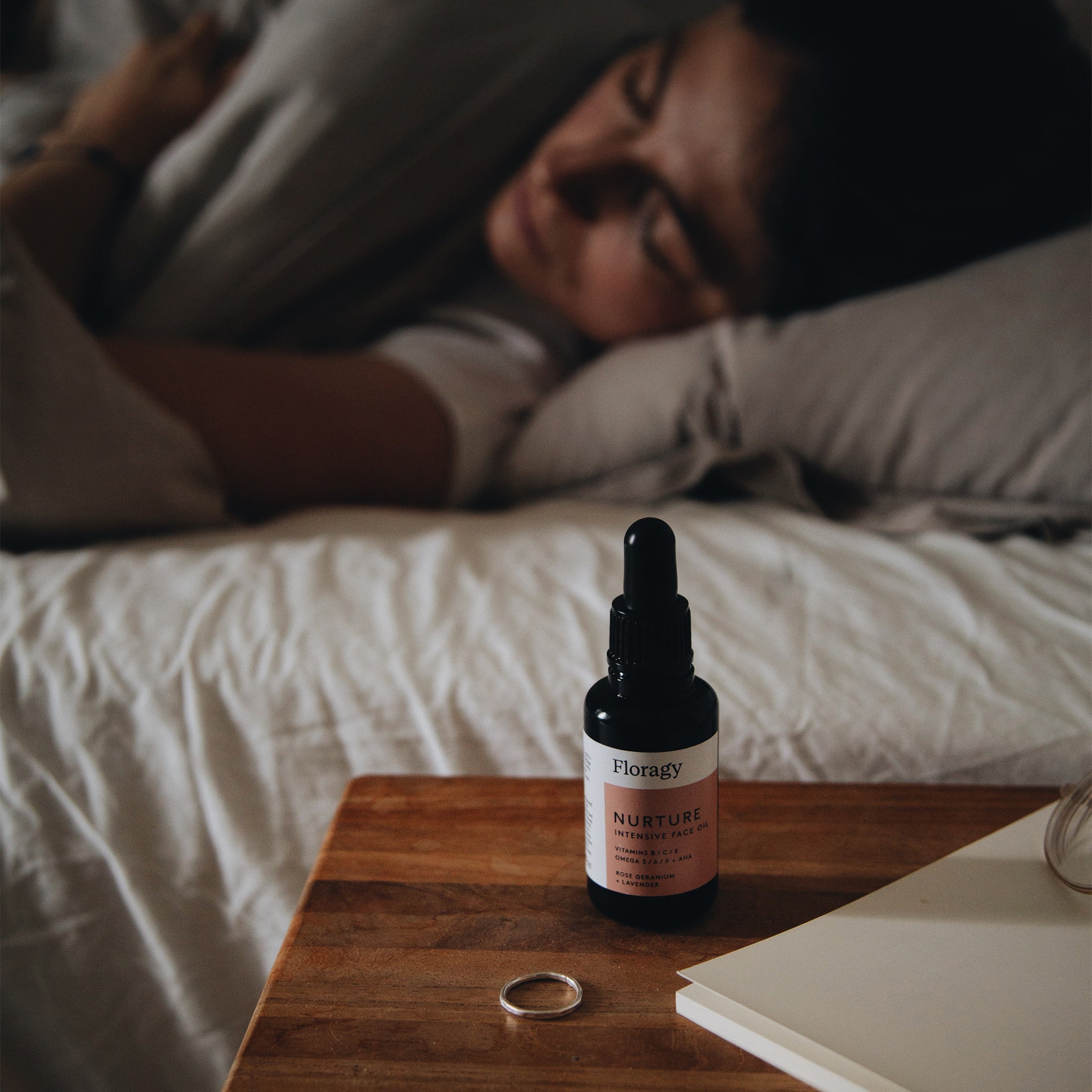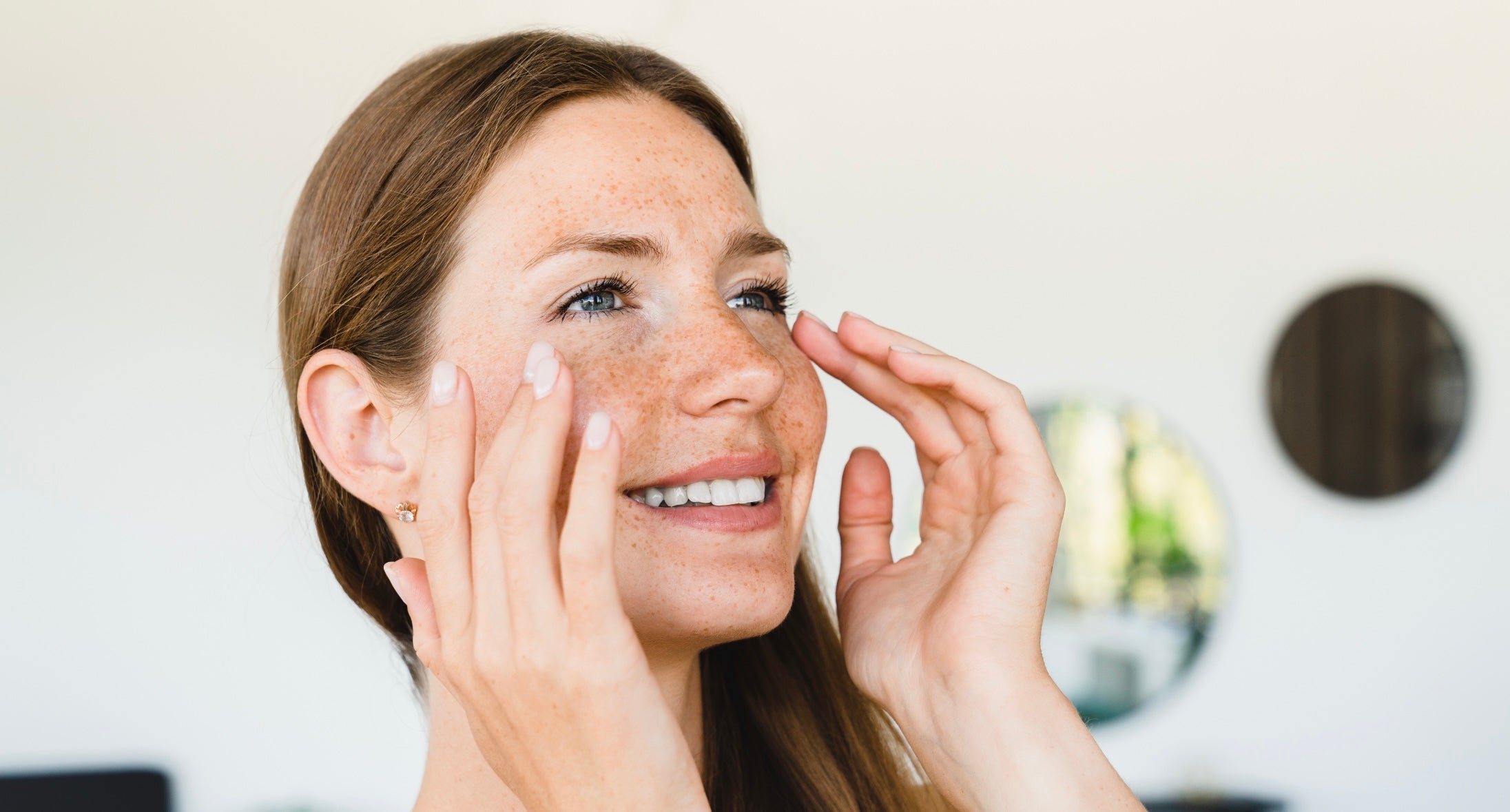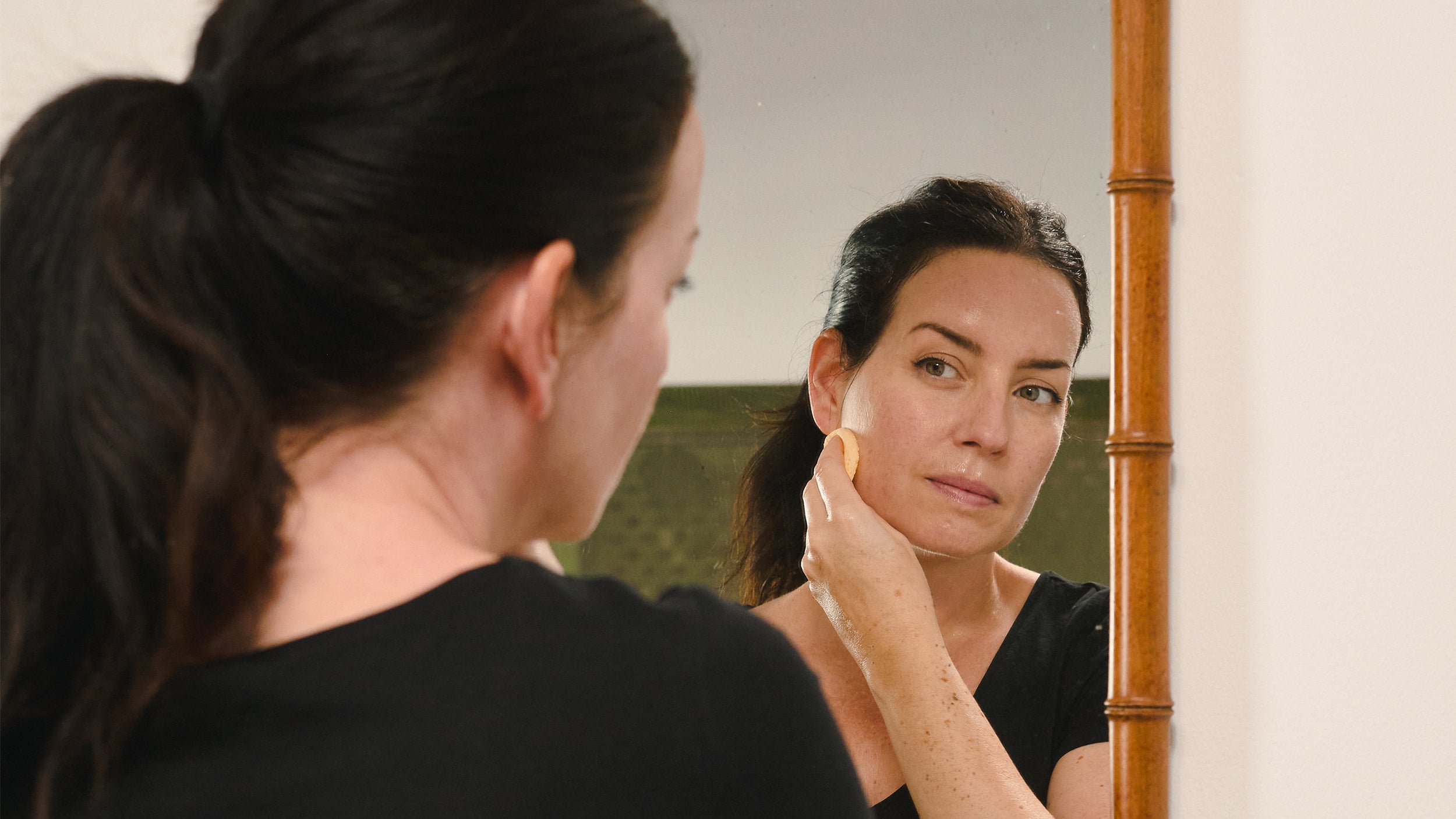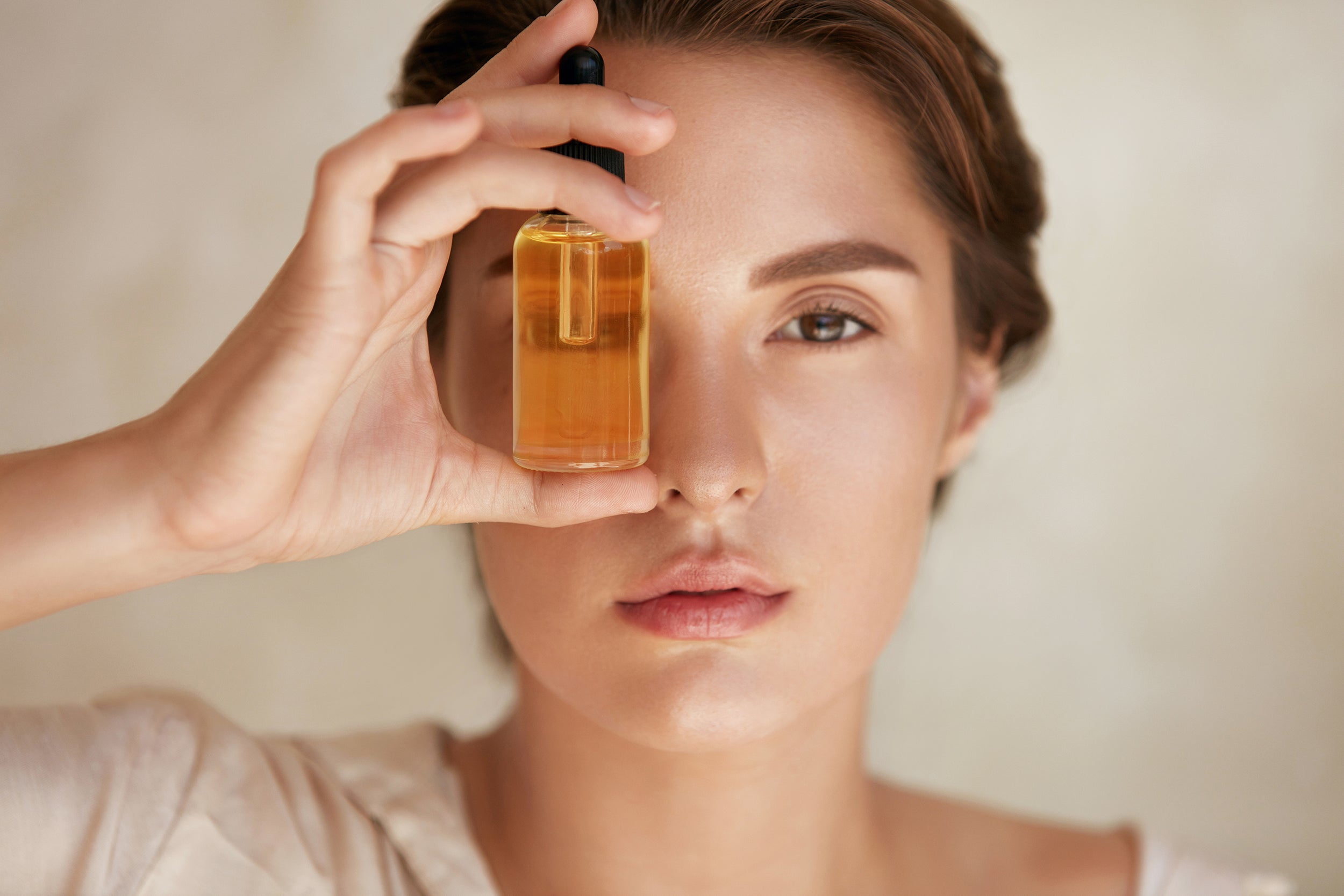
A brief history of Face Oils
Face oils may seem like a recent trend in skincare, but these natural beauty elixirs have been passed down through generations, long before the term "self-care Sunday" even existed! From Cleopatra’s regal rituals to modern-day morning routines, face oils have endured the test of time for one simple reason—they work. Let’s dive into the history of face oils, take a peek at some unexpected ancient beauty hacks, and explore why these luscious oils are still finding their way onto our bathroom shelves.
Ancient Egypt: The Origins of Face Oils
The ancient Egyptians were among the first to discover the wonders of face oils. In their world, dry, cracked skin was no match for the harsh desert heat, so they turned to nature’s original moisturisers: castor, moringa, and sesame oils. These weren’t just any oils; these were Cleopatra-approved oils! Yes, the legendary queen herself is rumoured to have slathered on oils, mixed with herbs like frankincense and myrrh, that kept her skin radiant even under that relentless Egyptian sun. So if you ever feel bad about splurging on skincare, just remember: it’s basically a royal tradition.
Ancient Greece and Rome: Olive Oil or Bust
In ancient Greece, olive oil wasn’t just for salads. Greek women—and, let’s be real, probably every Greek god on Mount Olympus—used olive oil to moisturise and cleanse. This beloved oil was slathered on the skin, massaged into hair, and used to give that iconic Greek glow. The Romans embraced similar practices, incorporating oils like rose, almond, and laurel into their skincare regimens. Roman baths often concluded with an application of oil to hydrate and protect the skin after a hot soak. Roman physicians also recognised oils’ healing properties; Galen, a prominent physician, formulated "cold cream," a mixture of olive oil, beeswax, and rosewater, laying the foundation for modern moisturising creams.
Ancient India and Ayurveda: Oil with a Purpose
Face oils have been an essential part of Ayurvedic practices in India for over 3,000 years. The go-to here? Sesame oil, an all-in-one for beauty and wellness that does more than just make your skin soft. Ayurvedic oil massages, called "abhyanga," were tailored to individual needs based on one’s “dosha,” or body type. Imagine going to a spa where they choose your oil based on your mood and the cosmic alignment of the stars! With herbs like sandalwood and neem mixed in, face oils were intended to restore harmony, balance, and maybe even help you survive a chaotic dinner party.
East Asia: Geisha Glam and Samurai Smooth
Over in Japan, Camellia Oil became a beauty essential during the Heian period. Known as tsubaki, this oil was a go-to for geishas looking for a flawless, hydrated glow and for samurai who wanted their skin as strong as their sword skills. In China, luxurious face oils infused with ginseng and pearl powder were favoured by royalty—skin as smooth as porcelain wasn’t just a phrase; it was a literal goal. So next time you treat yourself to a fancy oil, remember: you’re in the company of empresses and samurais. No pressure, right?
The Middle Ages: Europe and the Middle East’s "Secret" Ingredients
During the Middle Ages, oils were more than skincare; they were secret weapons. Moroccan argan oil, known as "liquid gold," became popular in the Middle East for everything from moisturising to medicine. Europeans, meanwhile, had their own take, using almond and rose oils for that dewy, post-feast glow. Skincare wasn’t as glam back then, but oils like rose and almond made rough, chapped skin a little less medieval. Besides, who could resist a bit of rose oil after a long, un-air-conditioned knight’s journey?
The Renaissance to Modern Times: Rebranding the Beauty Staple
By the Renaissance, trade routes brought new oils into Europe, sparking interest among beauty-savvy nobles. Olive oil stayed a favourite, but now sweet almond and lavender oils added a touch of spa-like indulgence to routines. However, in the 20th century, face oils were momentarily kicked to the curb when matte, oil-free looks were all the rage. Thankfully, the 21st century saw a resurgence. With synthetic ingredients on the "naughty list," face oils made their comeback, a little like the classic jeans you thought you’d never wear again—only this time, they’re labeled "vintage."
Today: The Renaissance of Face Oils
Face oils have become the crown jewels of skincare, a must-have in beauty routines everywhere. With the help of modern science, these oils are now more refined and targeted than ever, addressing almost any skin concern. From timeless staples like camellia to popular picks like rosehip and argan, today’s face oils are the superfoods of skincare. Just a few drops bring you one step closer to achieving the radiant, hydrated look of ancient beauty icons.
Embracing the Legacy of Face Oils
Face oils may be timeless, but they’re anything but old news. Whether you’re looking for a glow-up before a big meeting or a bit of pampering on a quiet night in, face oils have your back (or, rather, your face). So next time you reach for that bottle, remember that it’s more than just skincare—it’s history in a bottle, distilled into liquid luxury. And while Cleopatra and her crew probably didn’t know about "hydration barriers," they were definitely onto something we’re still loving centuries later.


